Antirrhinum Snapdragon Snapshot Mix color seeds pack of 25-30 Seeds Imported
₹80.00
Out of stock
Email when stock available
Antirrhinum Snapdragon Snapshot Scientific Name: Antirrhinum majus
Common Name: Dwarf Garden Snapdragon
Hardiness Degree: 32°F (0.0°C)
Blooming Season: Early Spring, Spring, Autumn
Plant Habit: Mounded, Upright
Characteristics: Attracts Bees, Attracts Hummingbirds, Fragrant Flowers, Low Maintenance, Frost Tolerant
Antirrhinum Snapdragon Snapshot Water: Medium
Fertilize: Every two weeks
Spacing: 10 – 12″ (25 – 30cm)
Height: 6 – 10″ (15 – 25cm)
Width: 10 – 12″ (25 – 30cm)
Exposure: Sun
Antirrhinum Snapdragon Snapshot General Information: A fresh Spring look with strong garden performance.
These bushy, low-growing plants have closely spaced, full flower spikes in a broad range of colors.
Plug crop time: 5 to 6 weeks
Transplant to finish: 6 weeks
- Delivers a perfect balance of pack performance and landscape success.
- Bushy, compact plants are topped by closely spaced, full flower spikes.
- Uniform flowering, with a 7 to 10-day window for Spring and Autumn sales in packs and small pots.
Antirrhinum Snapdragon Snapshot Propagating snapdragons
Grown for their prolific flowers, you can try to persuade your plants to set seed by leaving a few blooms. However, seeds are unlikely to come true to type if sown, but it’s fun to see what does come up.
Antirrhinum Snapdragon Snapshot Snapdragons: problem solving
Plants are usually pest and disease-free.
Antirrhinum Snapdragon Snapshot Caring for snapdragons
To prolong flowering, feed weekly with a potash-rich fertiliser and deadhead spent blooms regularly. Keep plants well watered and support taller varieties with canes if required.
Antirrhinum Snapdragon Snapshot pests
Luckily not many pests are interested in antirrhinums: rabbits are not keen and even slugs seem not to like them. Deer, however, might have a go, and of course there are always the smaller sap sucking insects that will head for your juicy young seedlings. Aphids might well appear on the tips in spring, so squash any that you see, and wait for the ladybirds and lace wings to come to your rescue. SB plant invigorator is a good treatment if the problem persists.
Antirrhinum Snapdragon Snapshot
This fungal disease first appears as circles of dark brown pustules on the underside of the leaves. If left unchecked, it can spread to the rest of the plant and kill it. Remove affected leaves as soon as you see the symptoms and destroy any badly affected plants.
Rust can overwinter in warm conditions, which is why it is important to move autumn seedlings into cooler conditions like a cold frame. It also means that removing all spring sown plants at the end of the summer is important, to prevent any build-up of disease. Rotating plants around the cutting garden is also a good way of preventing disease of all kinds, as the life cycle of the pathogen is broken if plants are not grown in the same ground for two or three years.
| Color | Mix |
|---|---|
| Germination Level | Easy |
| Growth Pattern | Up right Straight |
| Hybrid or Open Pollinated | Hybrid |
| Ideal location | Full sun |
| Origin Country | USA |
Be the first to review “Antirrhinum Snapdragon Snapshot Mix color seeds pack of 25-30 Seeds Imported” Cancel reply
You must be logged in to post a review.
Related products
Summer Flower seeds
Gerbera Jamesonii California Giants mixed Color pack of 10 seeds Imported
Winter Flower Seeds
Phlox Twinkle Star Seeds flower Hybrid seeds pack of 40-50 seeds Open Pollinated




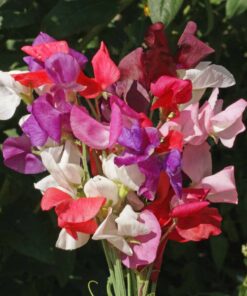
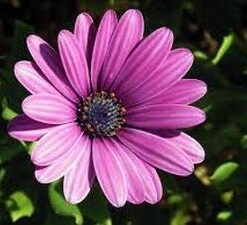
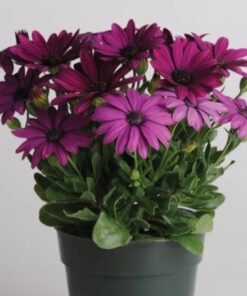

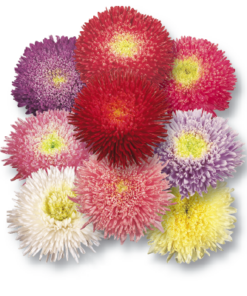


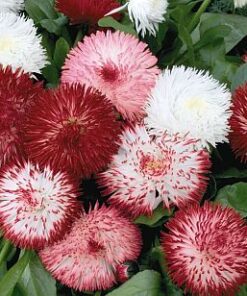
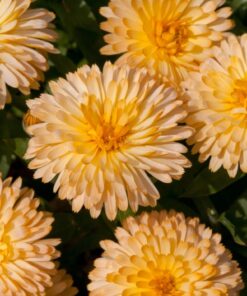

Reviews
There are no reviews yet.